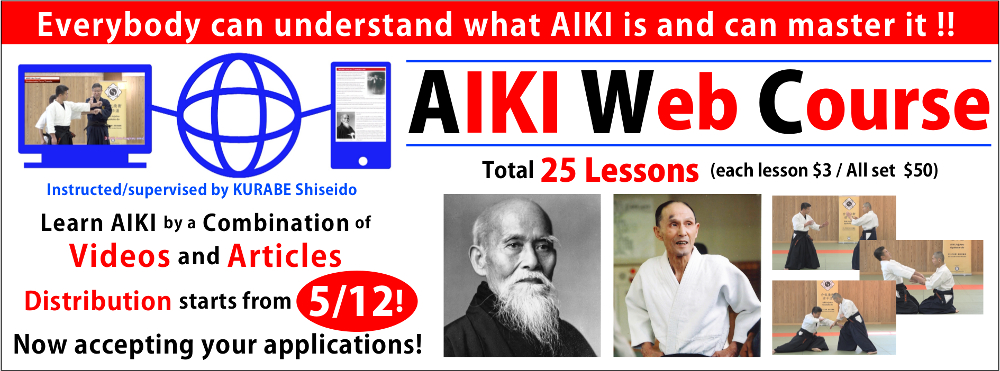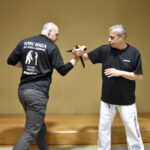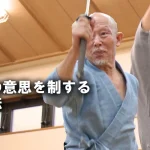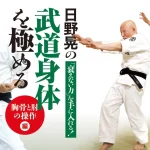What is KUDEN?
Since many Bujutsu (fighting systems) were established in Japan, teachers have used KUDEN to transfer special deep knowledge to their selected students, such as their successors. The Japanese word KUDEN is translated as “verbally transferred knowledge”. For every RYUHA (style, or school) they had special knowledge for almost all techniques and they did not leave this knowledge in writing to keep this knowledge confidential. The teachers taught this knowledge verbally, only to the selected students whom they thought they could trust. In this way they tried to keep the purity of their RYUHA and transfer it to future generations.
No-8 Tenchi Nage 天地投げ
This is a quite common technique for most of Jujutsu styles (RHUHA 流派) and same as the other techniques it requires special knowledge to realize it successfully. This technique could also be performed by using AIKI method which requires far much less power than original Jujutsu version. That option is explained here, either.
A. How it is performed by Jujutsu
Its name TENCHI means sky (heaven) and ground (earth) in Japanese. The name comes from the movement of the sky and ground being turned upside down when one is thrown by this Nage Waza.
First, the sequence of the technique is shown below:
Fig-1, A grasps D’s wrists with both hands (JYUN TORI).
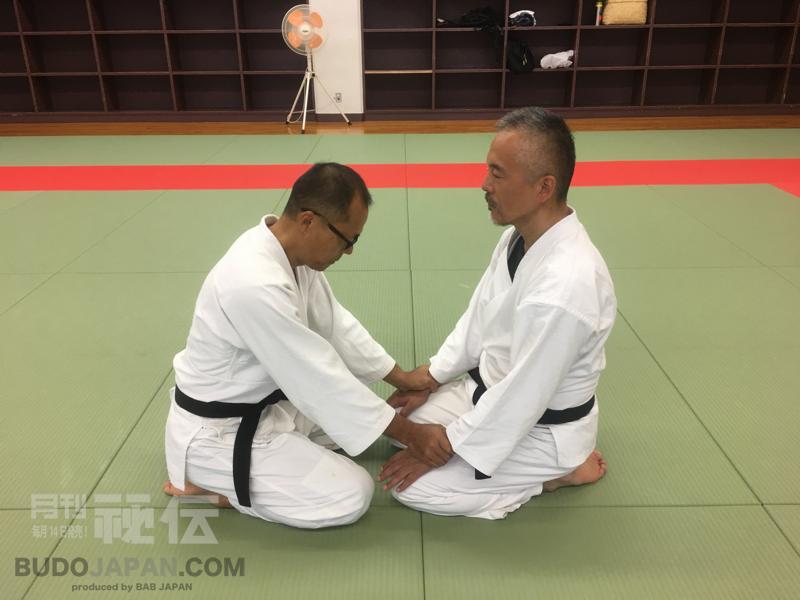
Fig-2, D puts his fingertips on his knees and pushes his wrists forward to unbalance A.

Fig-3, D pulls his left arm backward and immediately pushes his right arm forward to throw A to his left side.


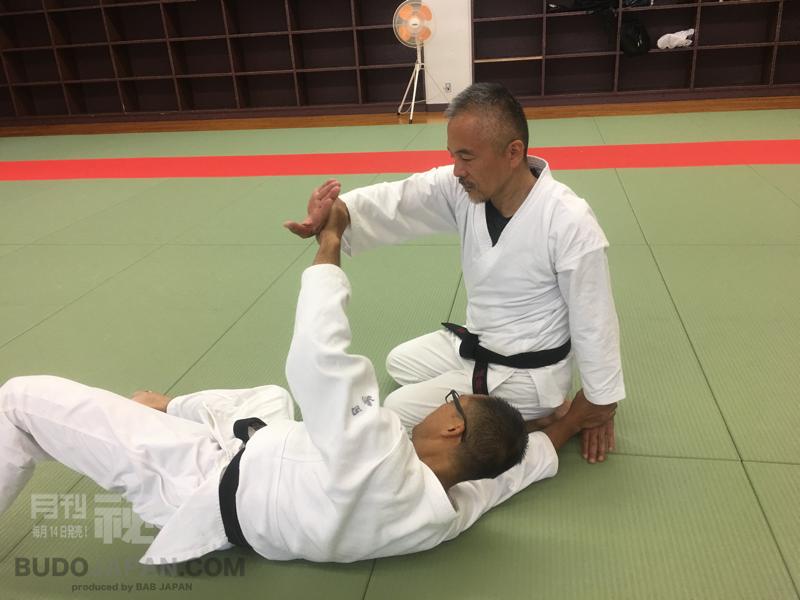


F ig-4, D grasps A’s right wrist with his left hand and strikes A’s face with his right hand -> SHUTO ATE as a finishing technique.
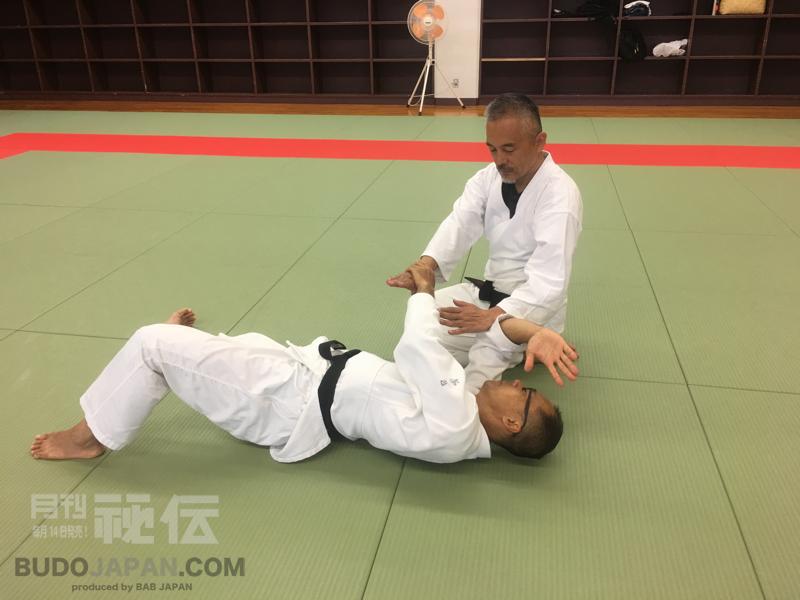
The difficulty of this technique is the Nage (throwing) portion. It is quite difficult to throw the opponent as easily and smoothly–or lightly–as shown in the above photos. When one tries to throw the opponent, in this case, he feels the opponent’s weight on his right lower arm and his throwing motion is blocked.
There are several points of knowledge to realize this light throw, and if all the knowledge should be completed perfectly–one after another–then finally, one can perform this technique well. If it works, one can throw the opponent as if his weight turns to just 1/10 of his original weight, and the defender(D) feels almost no weight of the opponent with his wrist/lower arm.
Kuden 1: Move (unbalance) A’s upper body to the back through D’s lower arm motion by putting both fingertips on the knees as supporting points (fulcrums). Then pull back both hands quickly to unbalance A.
Fig-5,6,7


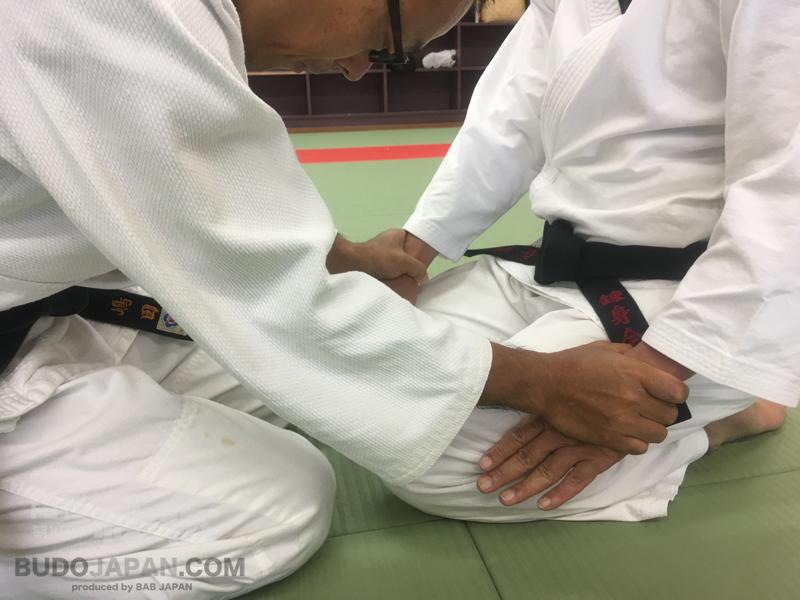



Kuden 2: Thrust D’s right arm as deep and low as possible along the side of A’s left body while D pulls back his left arm as deep and low as possible.
Kuden 3: This pulling motion of the left arm should start slightly earlier than the thrusting motion of right arm, which is exactly a KUDEN.
If all those procedures are done correctly A becomes unbalanced enough with his whole upper body, and can easily be thrown by the upward motion of D’s right hand/arm. Never make haste during this last throwing movement. In most cases, people start the throwing motion while their thrusting arm is still on the way upward, which leads to a failure of the technique.
Further application of the knowledge (Kuden)
You can also realize the Kuden 1 without putting the fingertips on the knees, but by putting them on virtual fulcrums in air over knees. In this situation you move your lower arms forward and backward as if your fingertips are fixed on virtual fulcrums in air. By this motion you can use your arm muscles exactly in the same way as the original Kuden 1.
Fig-8,9,10
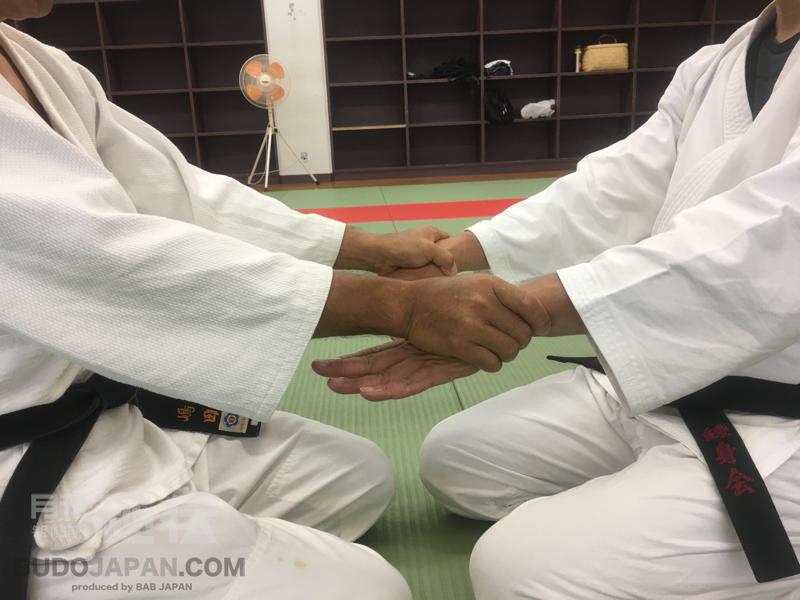
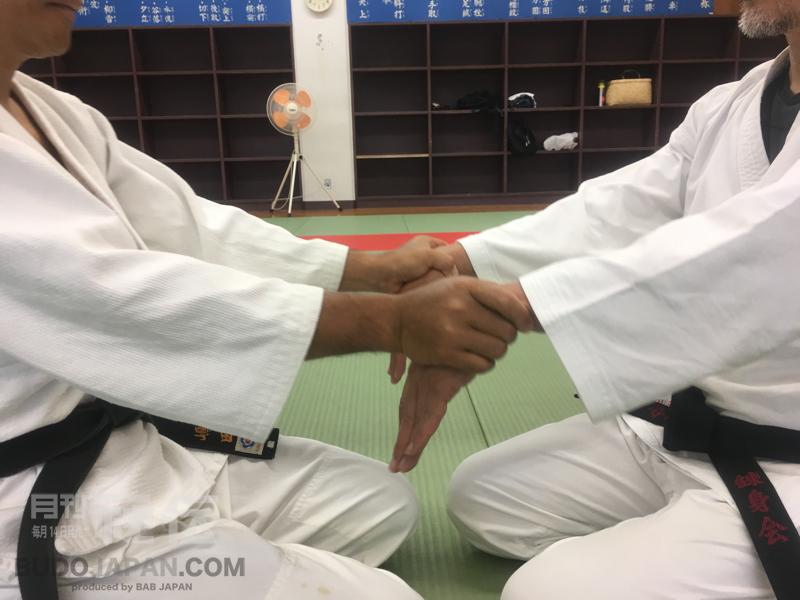
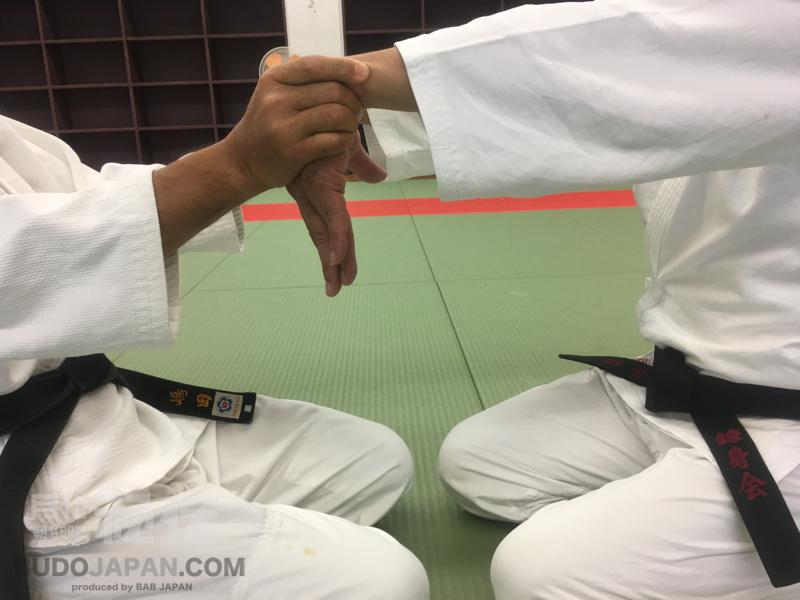



Otherwise one can just use limited muscles which does not create enough thrusting power to move the opponent forward and backward as shown by Fig- 11.

B. How it can be performed by AIKI
If one can apply AIKI to this technique, the starting Kuzushi (崩し unbalancing) becomes much easier, and can be done with far less power, which will surely surprise you quite a lot. Hereafter, it is explained how to realize it. By the way, I call this form of AIKI method-7, or “AIKI mode”.
(1) A grasps D’s wrists with both hands (JYUN TORI).

(2) D shifts himself into AIKI mode (i.e., set his brainθ wave mode), then A feels as if he is also thrown down in the same AIKI mode and loses his resisting intention.
(3) D just moves up his right arm and pulls his left arm backwards while keeping AIKI mode in his brain.
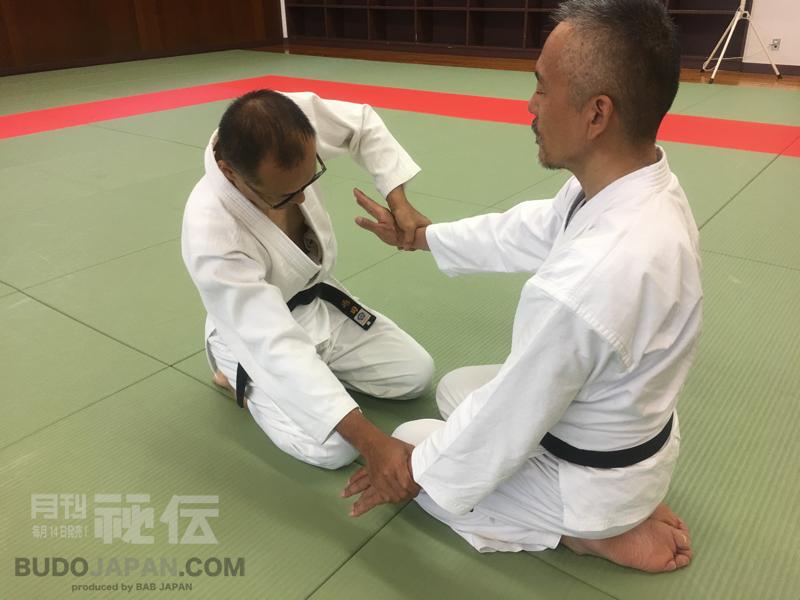
(4) A cannot resist this movement and is thrown to his right side.
At this stage it may be too difficult for everyone to realize this AIKI by “Aiki mode”. I will find another occasion to explain this form of AIKI, which I call AIKI method-7, or “AIKI mode”.
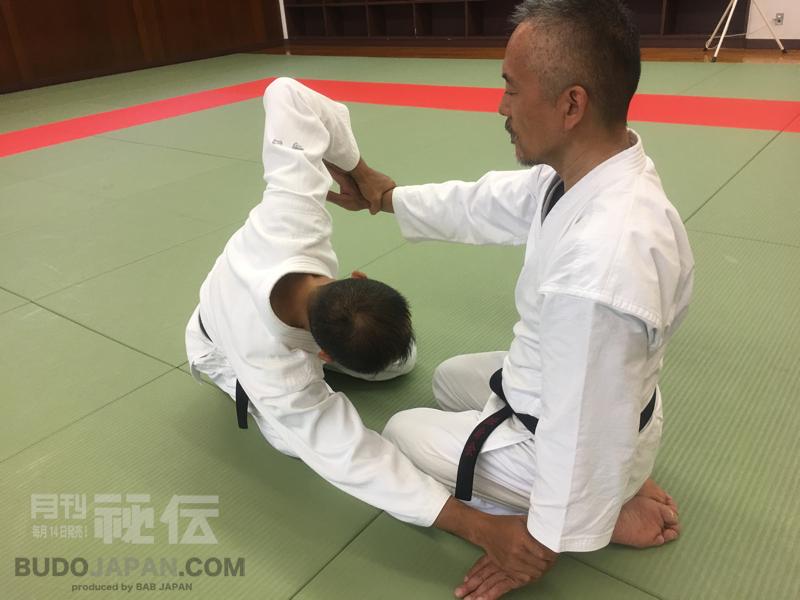
Video
You can also watch this Tenchi Nage performed by Jujutsu and AIKI Jutsu.
Reference
“How to AIKI” written by Makoto KURABE, English version of “Dekiru AIKIjutsu 出来る合気術” published by BAB Japan in 2012
Acknowledgements:
English edition : Andrew Bryant sensei, Gyakute-do Indianapolis branch 2nd Dan, representative of Shinwakan Dojo http://www.indianapolismartialartscenter.org/
Participants:
Gyakutedo Kashiwa Honbu Dojo 嶋田 淳師 Shimada Jun sensei
Gyakutedo Kashiwa Honbu Dojo 田中 真 Tanaka Makoto
Place : Kashiwa Chuo Taiikukan Chiba Japan
Makoto KURABE – SHISEIDO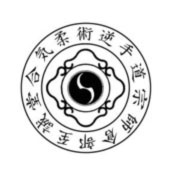
Representative, 2nd Soushi of
AIKI JUJUTSU GYAKUTE-DO
website: www.gyakutedo.org/wp
mail: apply@gyakutedo.org
 Kurabe Makoto Shiseido
Kurabe Makoto Shiseido
Born in 1950. When he was in his 30s, he began learning Gyakute-do Jujutsu, which was derived from Hakkoryu Jujutsu in the 1970s. Just before reaching the age of 40, he moved from Japan to The Netherlands and continued to master and develop Gyakute-do. In October of 2013, after adding the system of Aiki-Jutsu that he developed himself, he transformed Gyakute-do into Aiki-Jujutsu Gyakute-do, and became 2nd Soushi, grand master, of Gyakute-do. After retirement, he left The Netherlands and began promoting Aiki-Jujutsu Gyakute-do both in Japan and in Poland as his main pursuit. He is also teaching his Gyakute-do to Budo fan in the world via corresponding course.
At the starting of AIKI Web Course
Cooperating with BAB Japan Co., Ltd., hereby I start AIKI Web Course in order to realize my long-standing desire to let as many as martial arts fans all over the world have the correct knowledge of AIKI and learn how to practice AIKI.
This course consists of
Part 1 as introductory articles, I explain a wide range of knowledge about what AIKI is, which contains 6 lessons.
Part 2 as main articles, for beginners/intermediate level, I explain how to practice AIKI to master. It contains 24 lessons.
The each lessons will be uploaded on BudoJapan website one by one every week.
I hope as many people as possible will be interested in AIKI and become able to practice it by following this course.
AIKI Web Course 25 Lessons
-
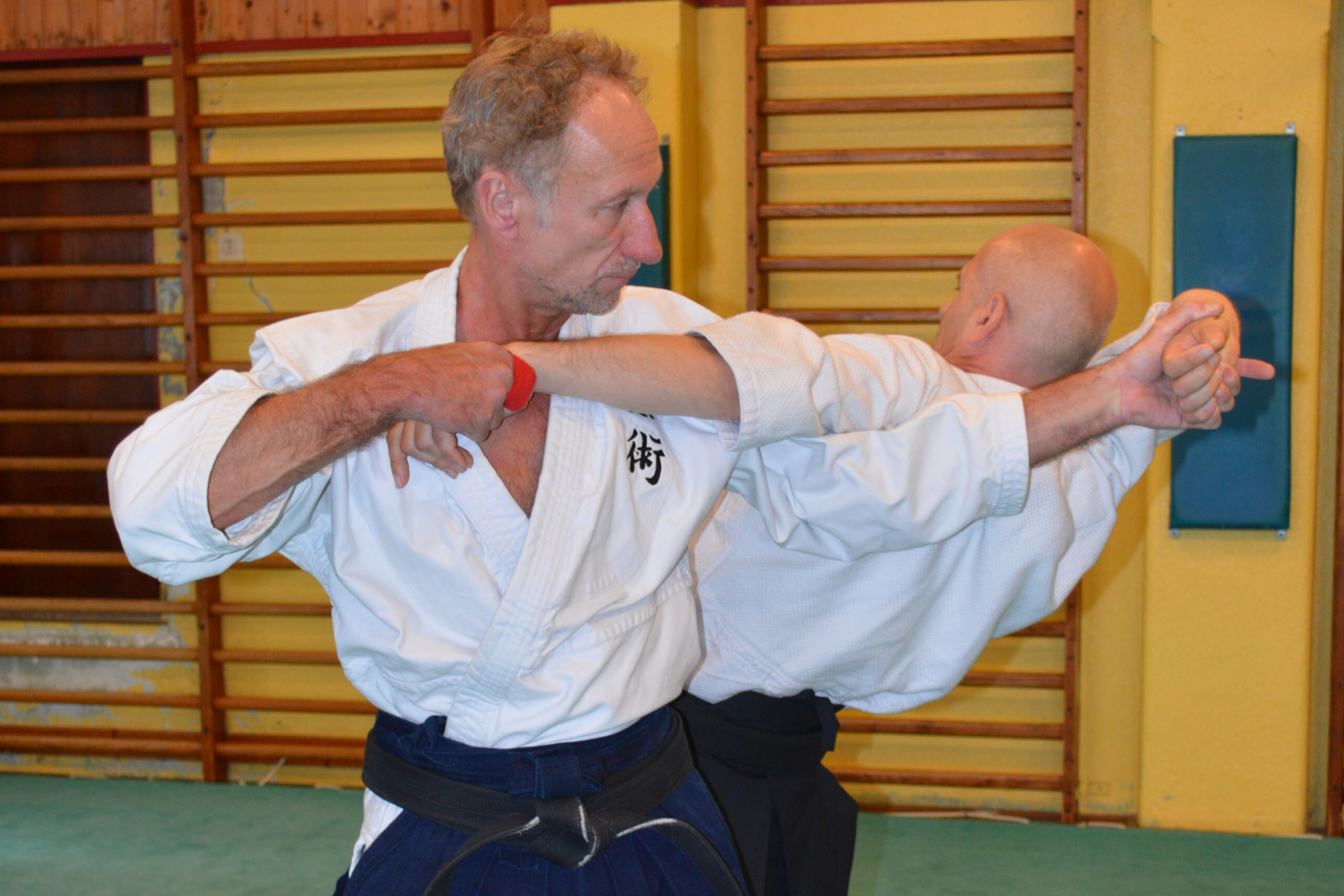
【AIKI JUJUTSU GYAKUTE-DO Series No.5】How you can learn Jujutsu properly
-
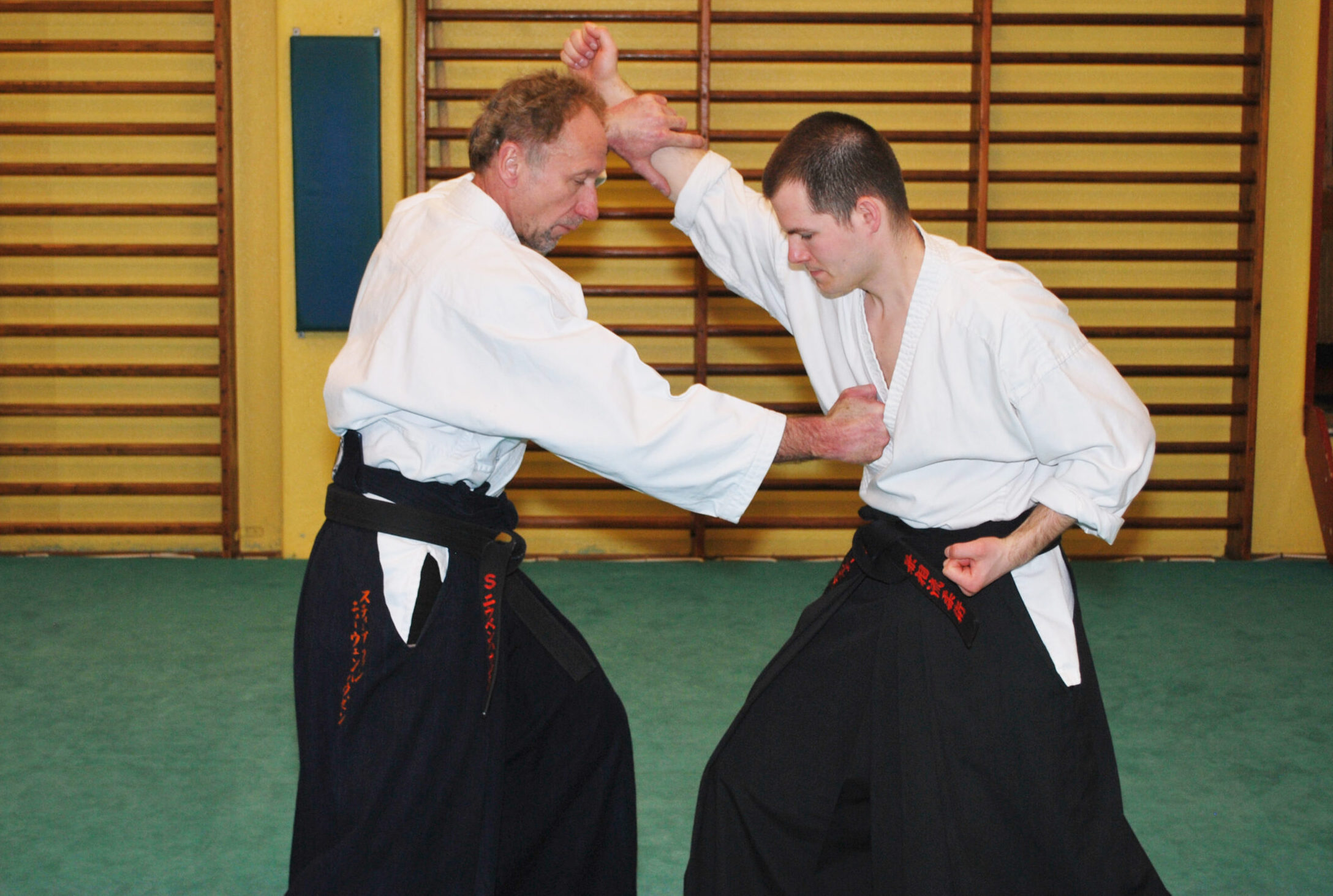
【AIKI JUJUTSU GYAKUTE-DO Series No.4】DAKEN-HO Hit and Kick KATA and AIKI
-
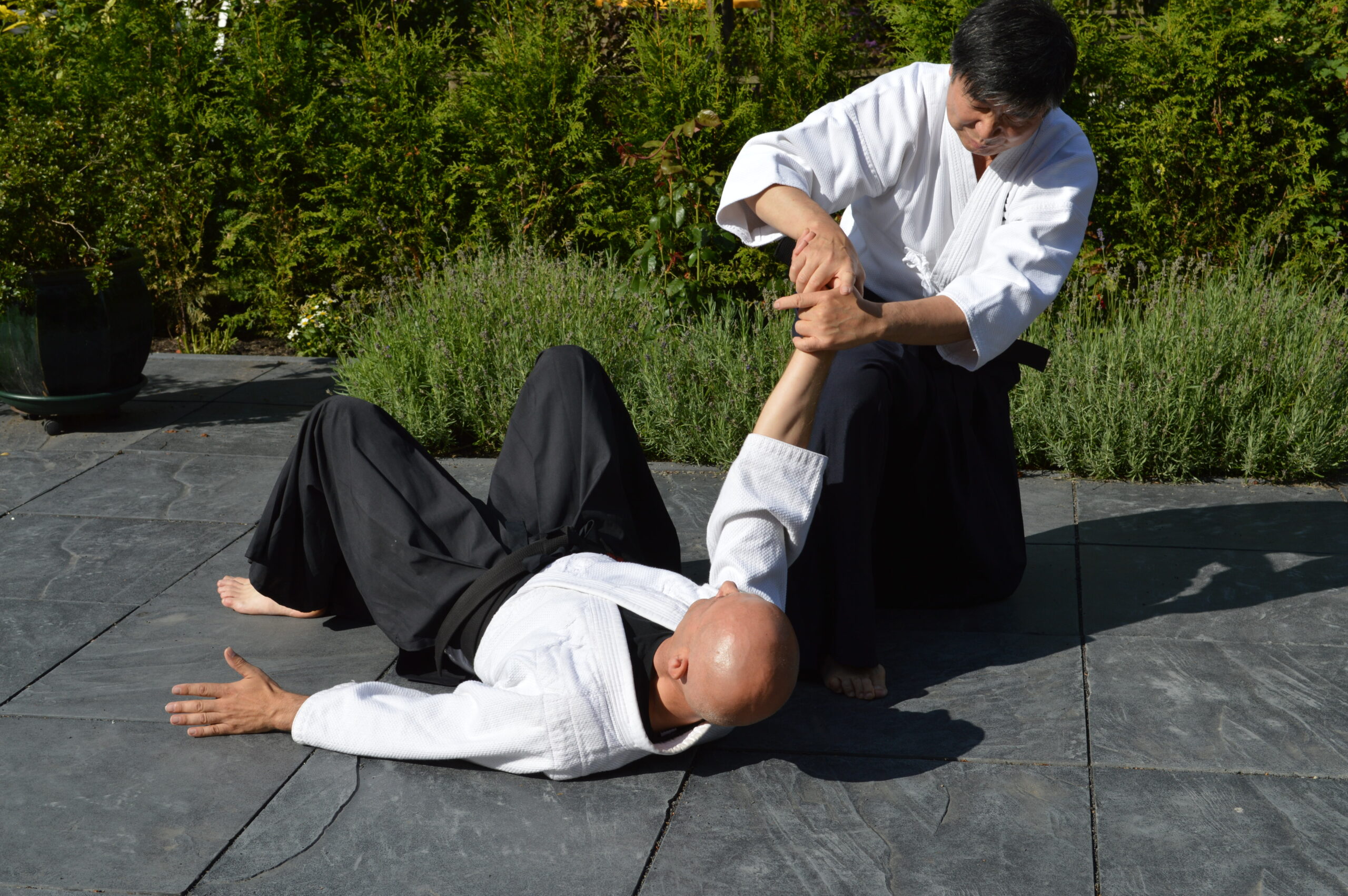
【AIKI JUJUTSU GYAKUTE-DO Series No.3】JUJUTSU WAZA, digest of FUDO
-
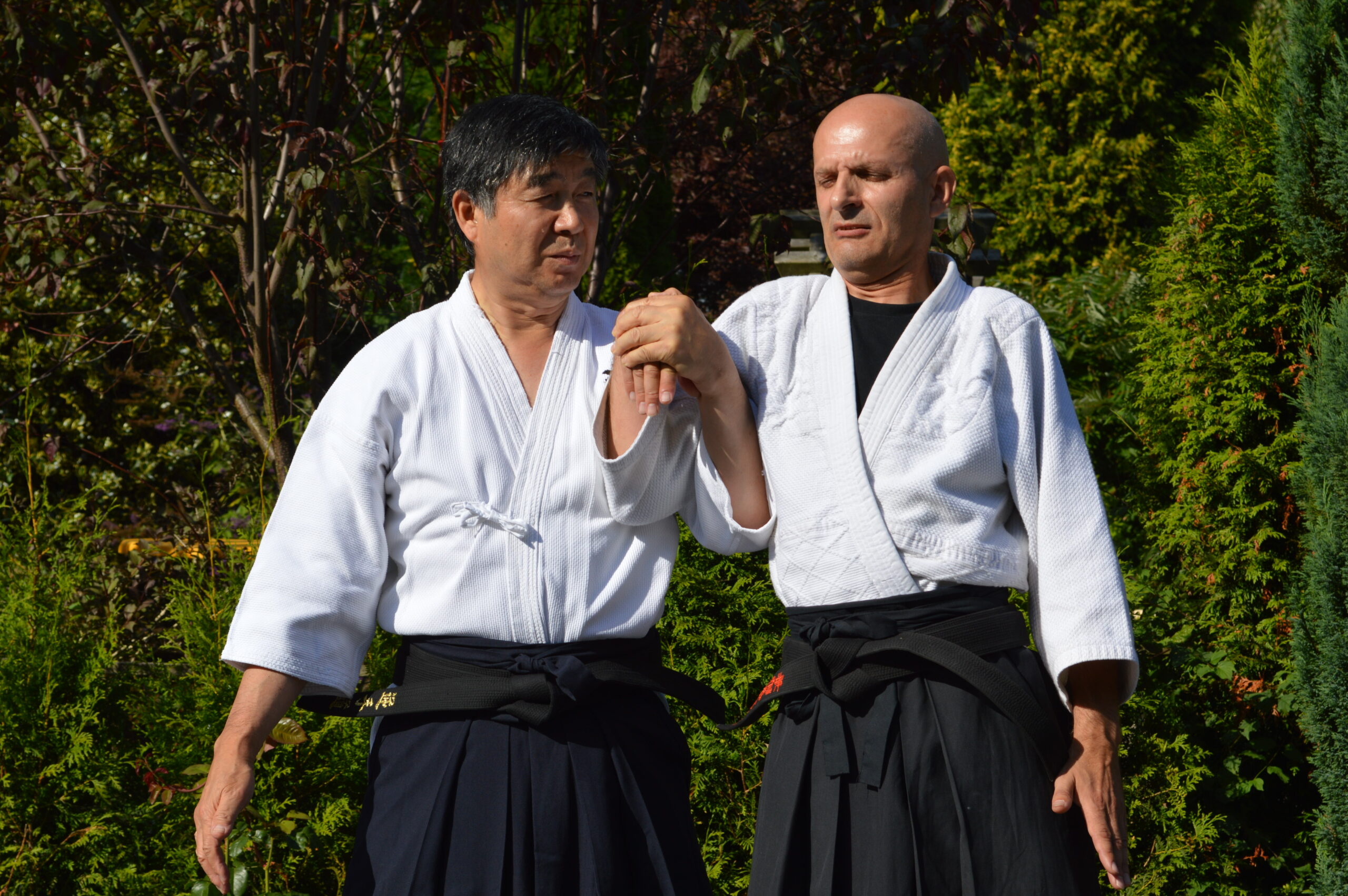
【AIKI JUJUTSU GYAKUTE-DO Series No.2】JUJUTSU WAZA, digest of NUKI, RENKO and NAGE
-

【AIKI JUJUTSU GYAKUTE-DO Series No.1】About GYAKUTE-DO and the digest of its basic techniques
-
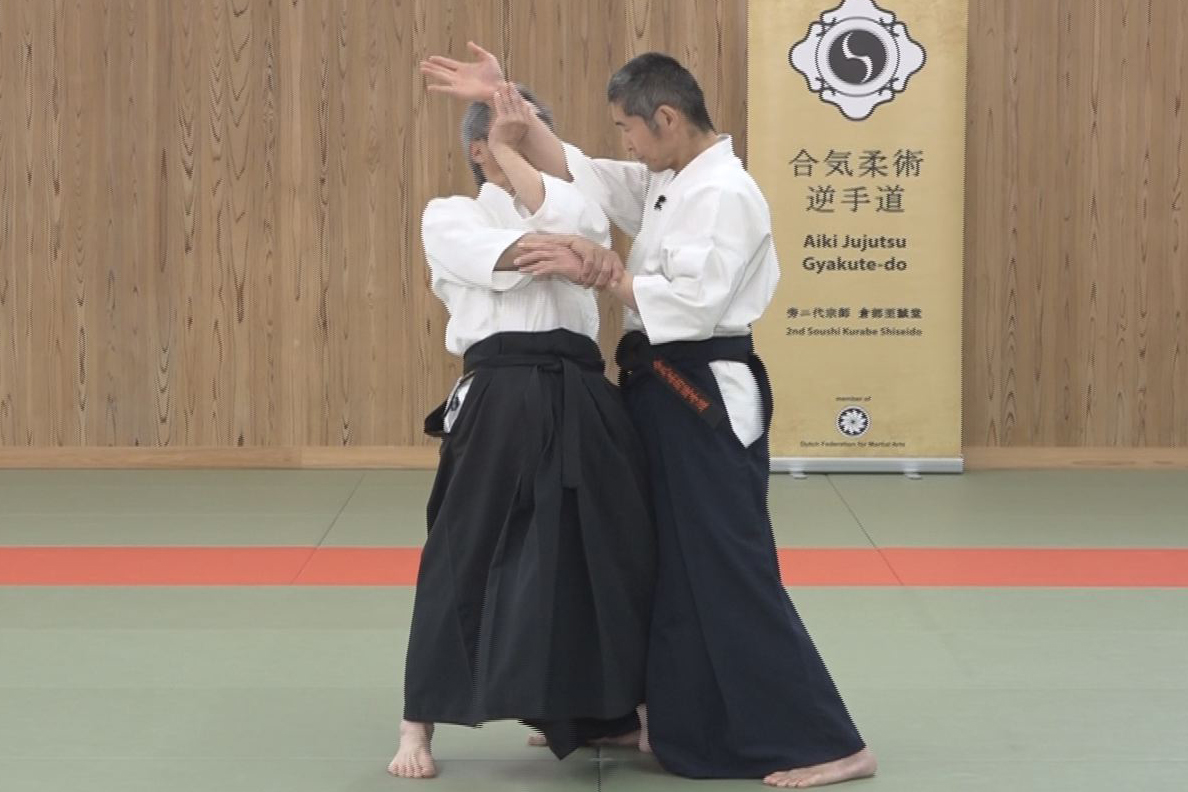
【AIKI Web Course Part 2】Lesson 24 With Comb. of Different Methods #2
-
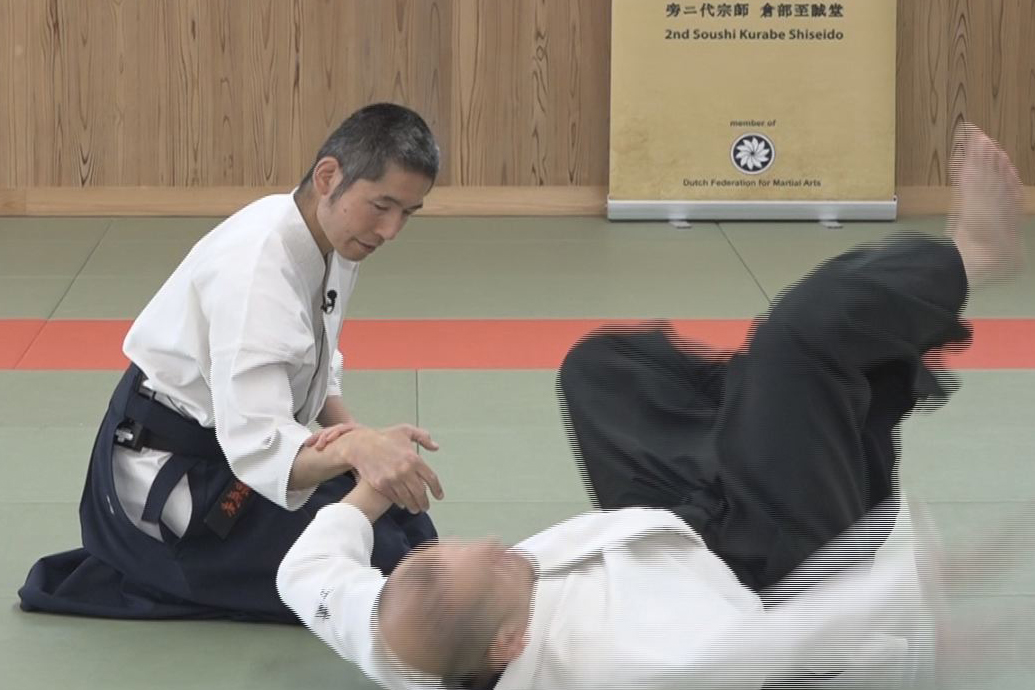
【AIKI Web Course Part 2】Lesson 23 With Comb. of Different Methods #1
-

【AIKI Web Course Part 2】Lesson 22 Advanced Tech. using F. E. method #2
-

【AIKI Web Course Part 2】Lesson 21 Advanced Tech. using F. E. method #1
-

【AIKI Web Course Part 2】Lesson 20 Advanced tech. using T. F. T. #2
-
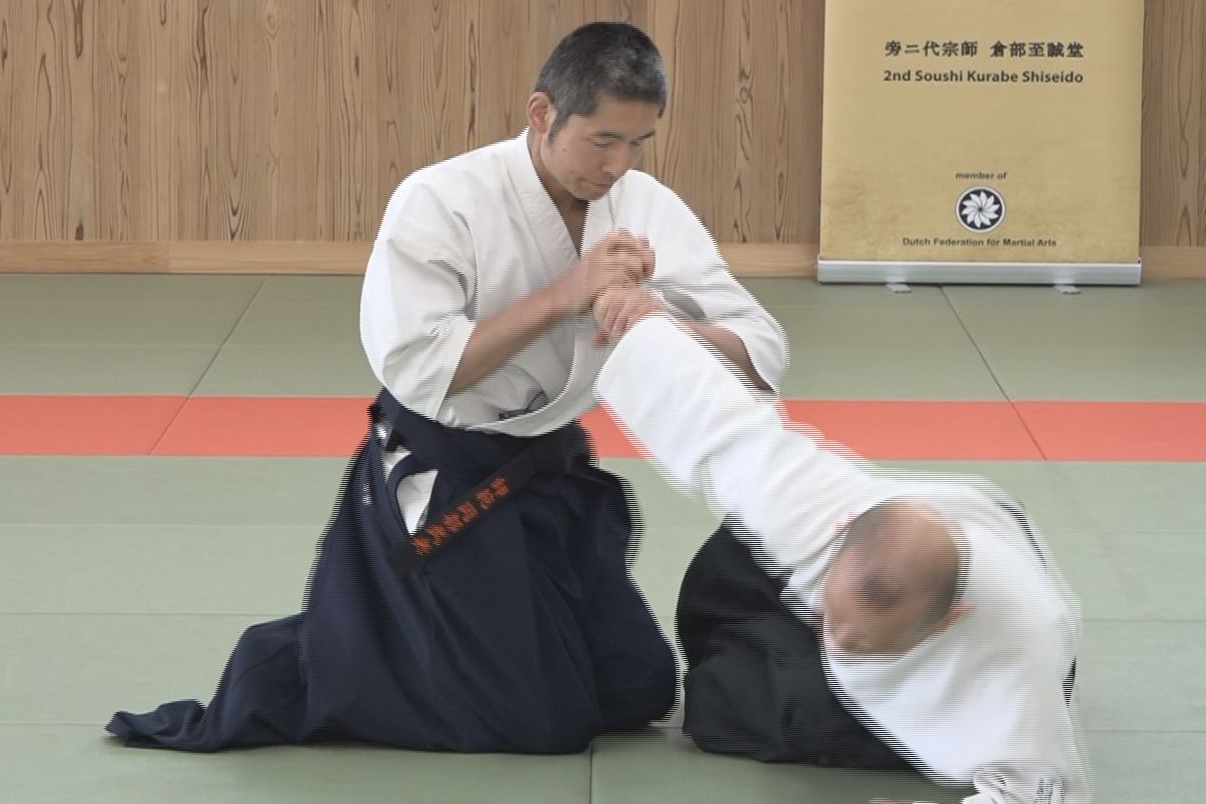
【AIKI Web Course Part 2】Lesson 19 Advanced tech. using T. F. T. #1
-
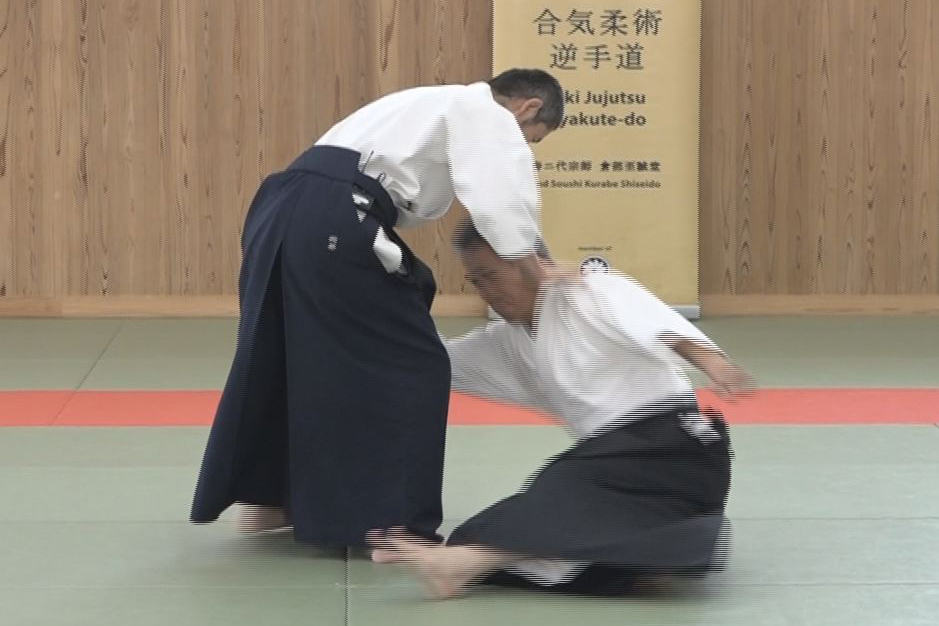
【AIKI Web Course Part 2】Lesson 18 Advanced tech. using AIKI Contact #2
-
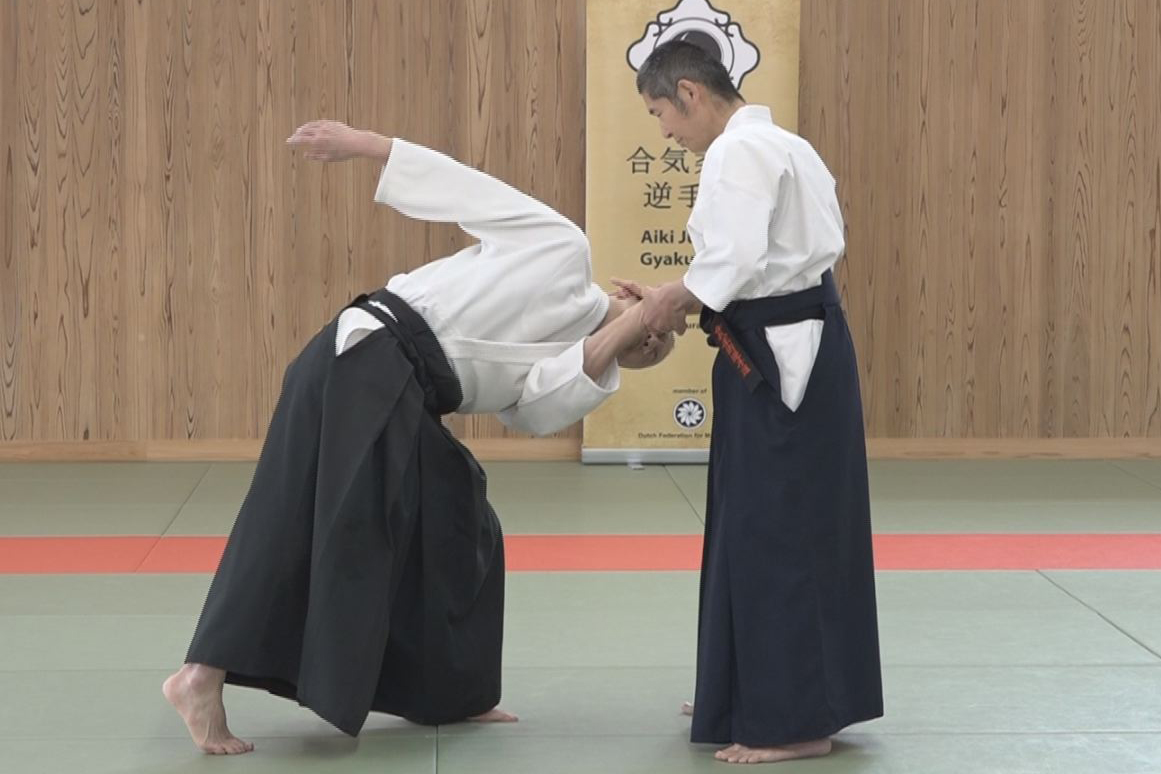
【AIKI Web Course Part 2】Lesson 17 Advanced tech. using AIKI Contact #1
-
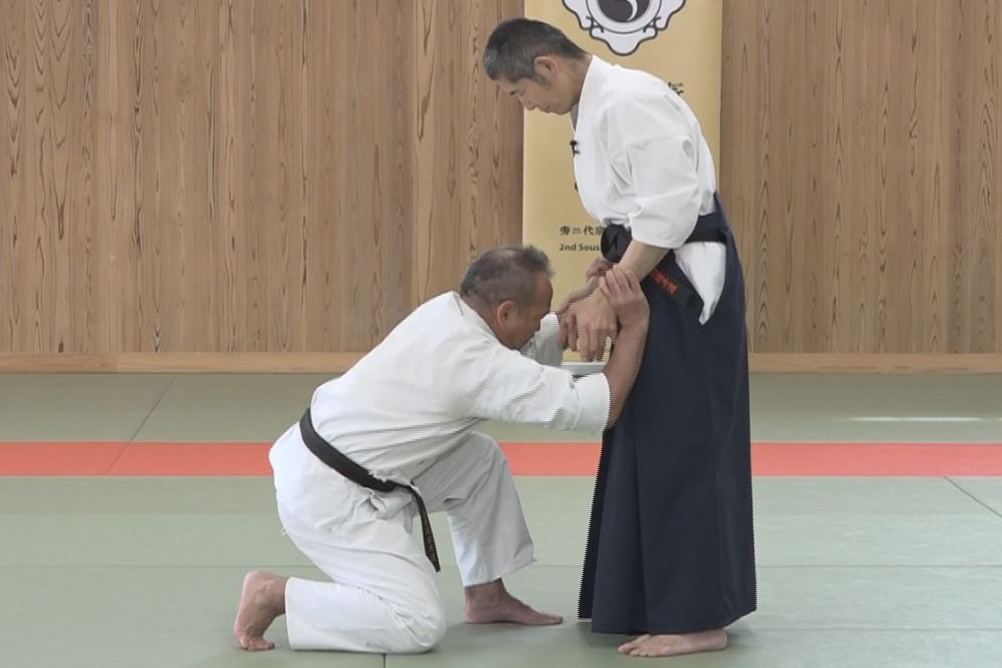
【AIKI Web Course Part 2】Lesson 16 Advanced tech. by Undetectable F.T. #2
-
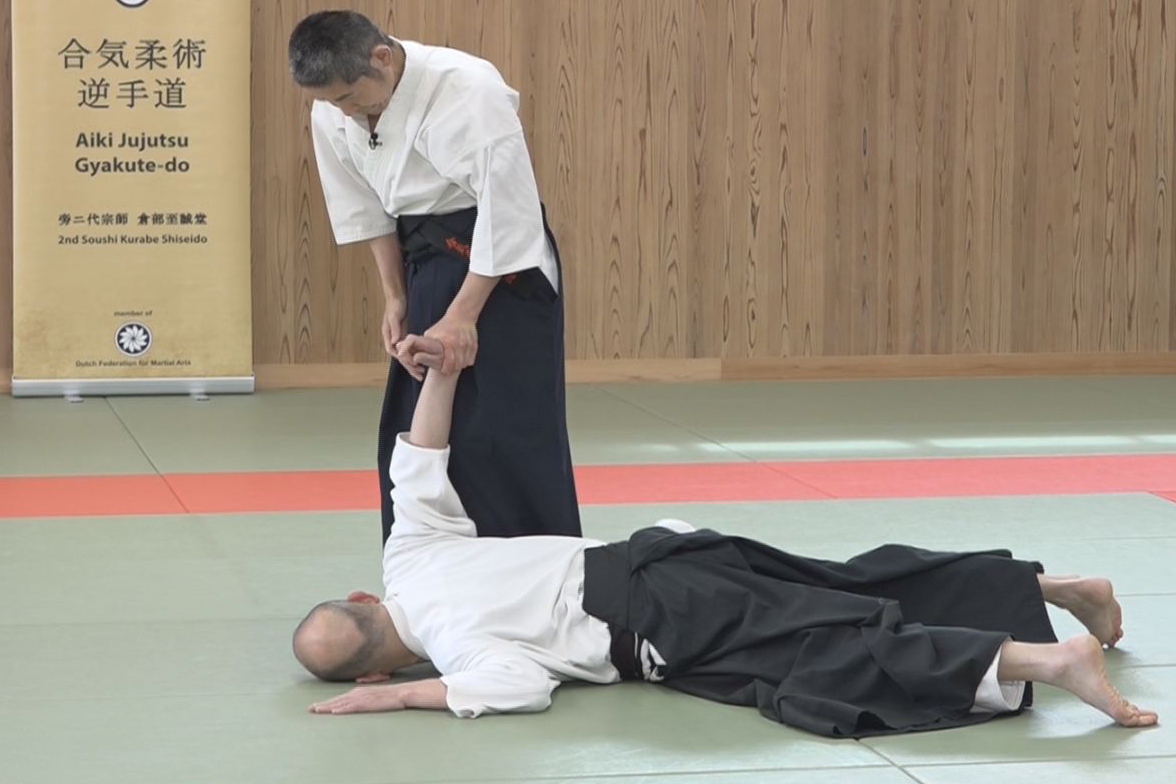
【AIKI Web Course Part 2】Lesson 15 – Advanced tech. by Undetectable F. T. #1
-

【AIKI Web Course Part 2】Lesson 14 – Advanced tech. by the Waving method #2
-
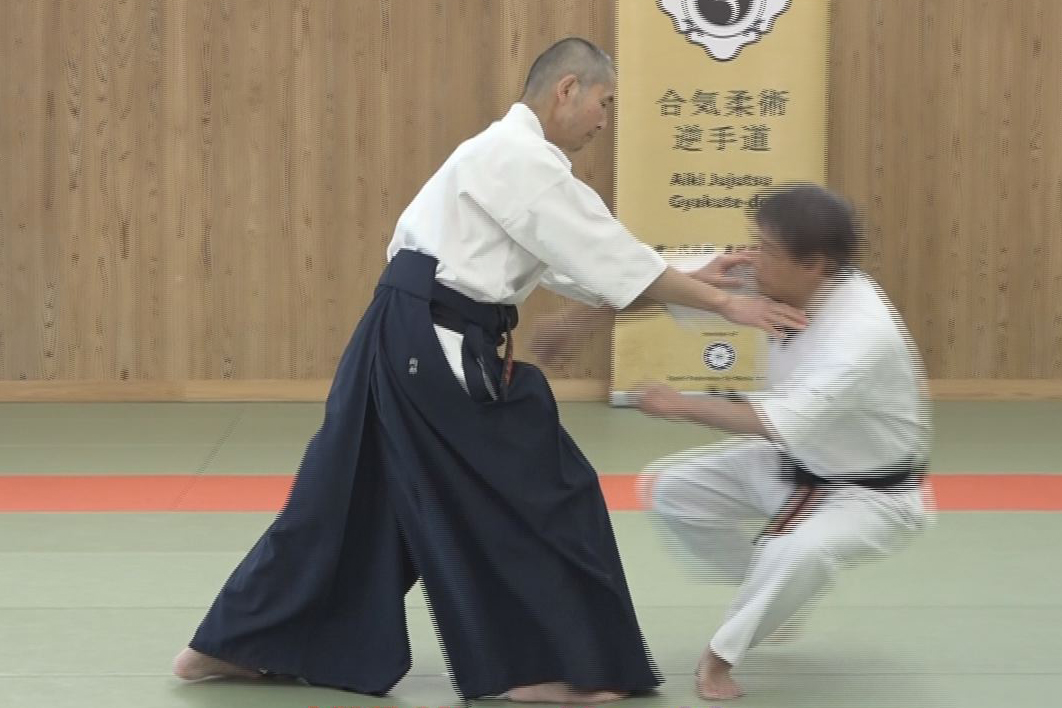
【AIKI Web Course Part 2】Lesson 13 – Advanced tech. by the Waving method #1
-
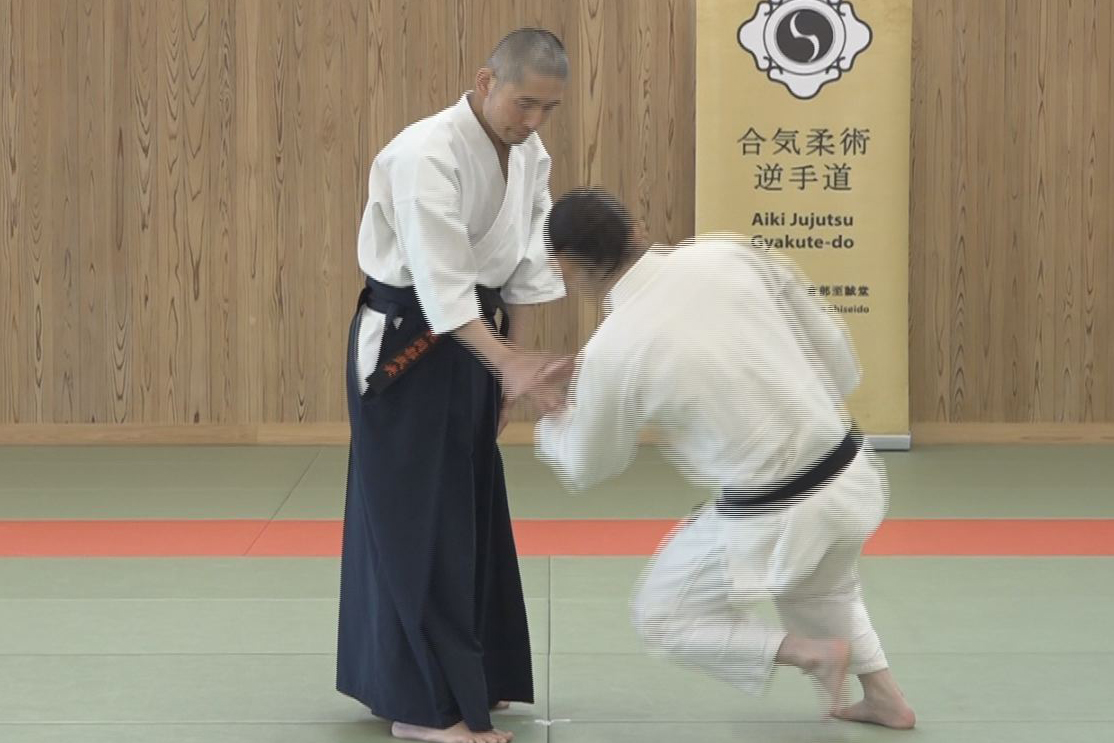
【AIKI Web Course Part 2】Lesson 12 – Gyaku-te by not Using Force nor AIKI
-
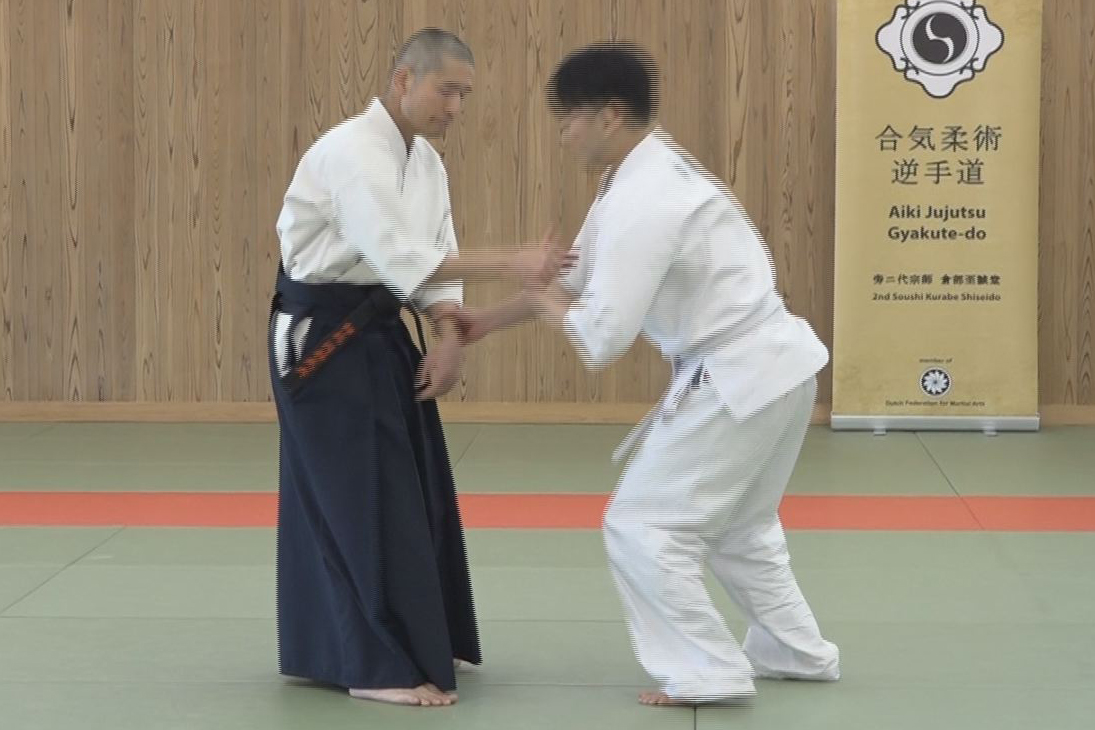
【AIKI Web Course Part 2】Lesson 11 – Gyaku-te Realized by the AIKI Method
-
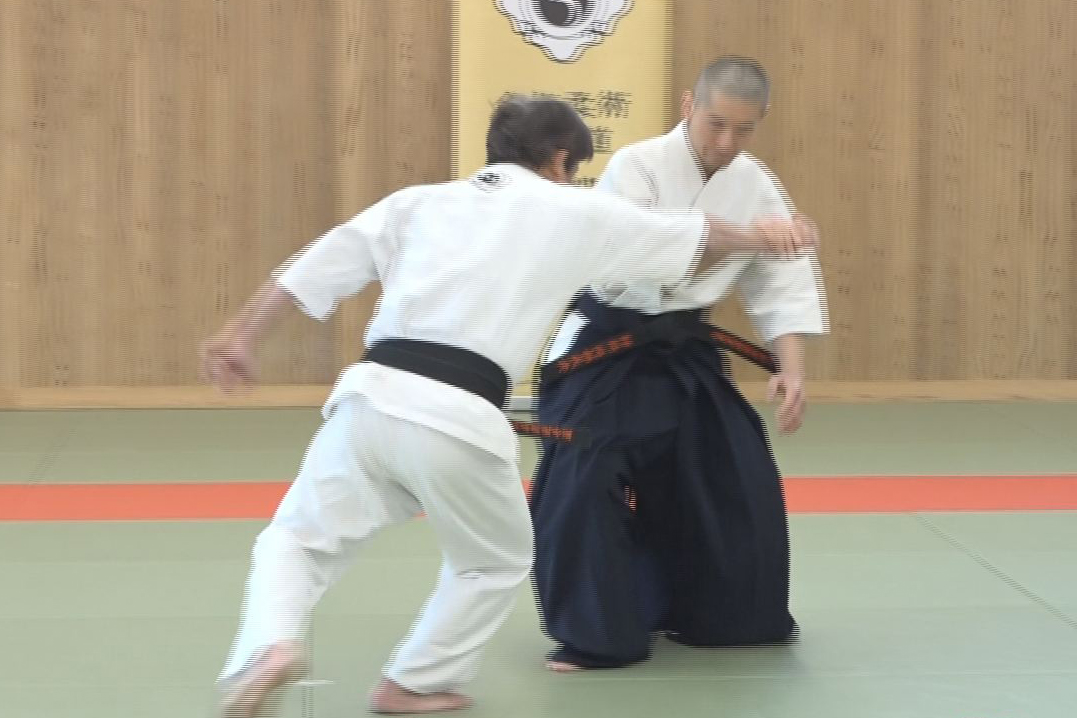
【AIKI Web Course Part 2】Lesson 10 – Application of Force Equilibrium method
-
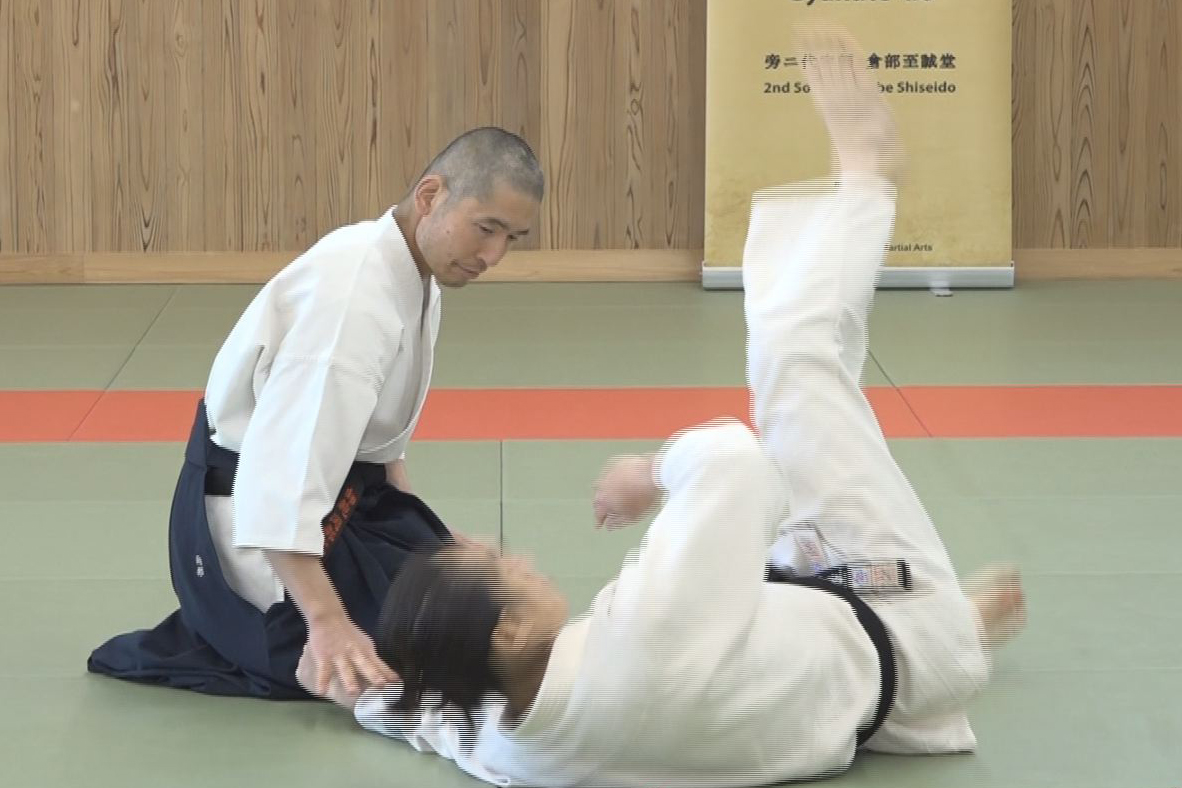
【AIKI Web Course Part 2】Lesson 9 – Force Equilibrium
-
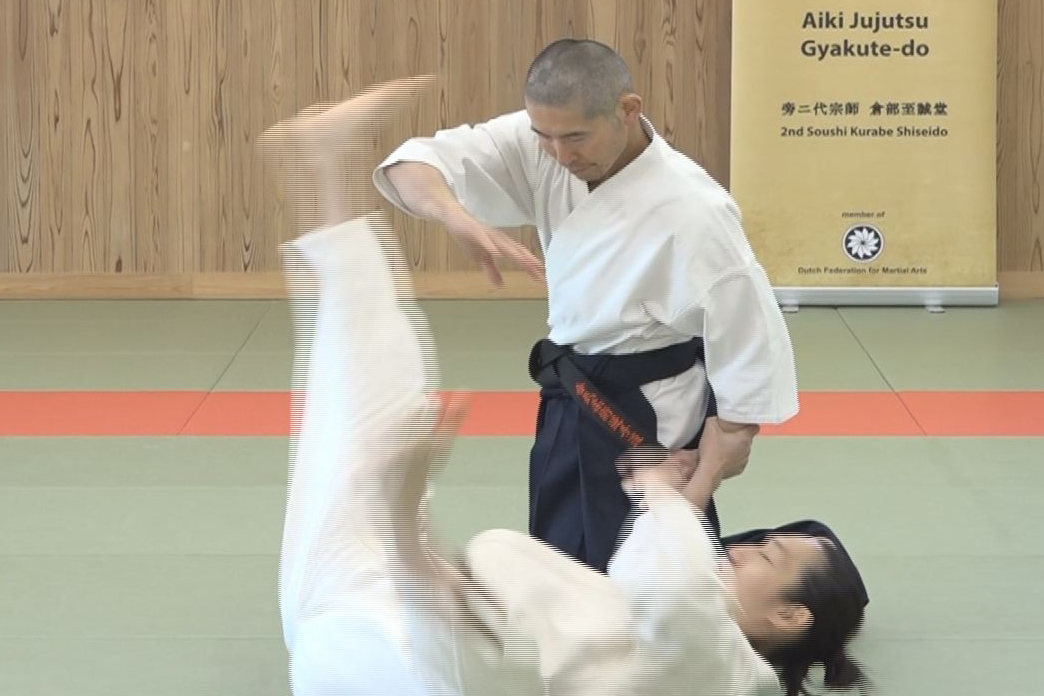
【AIKI Web Course Part 2】Lesson 8 – Application of Targeted Force Transfer
-
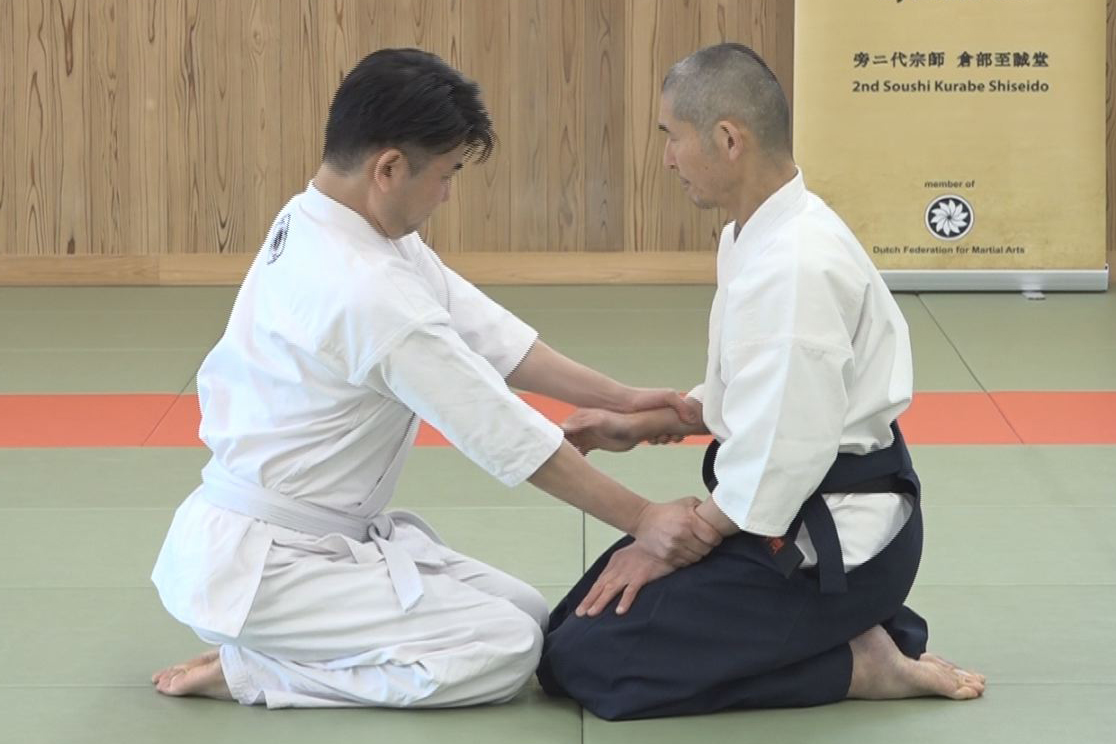
【AIKI Web Course Part 2】Lesson 7 – Targeted Force Transfer
-

【AIKI Web Course Part 2】Lesson 6 – Application of AIKI Connection
-
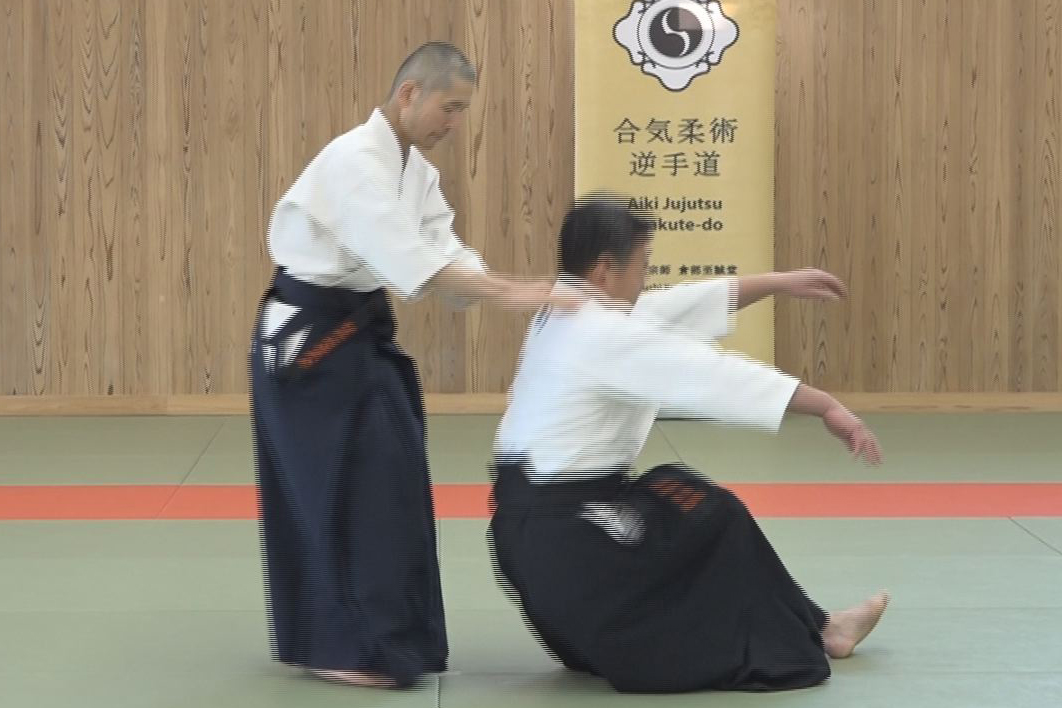
【AIKI Web Course Part 2】Lesson 5 – AIKI Connection
-

【AIKI Web Course Part 2】Lesson 4 – Application of Nondetectable Force Transfer
-
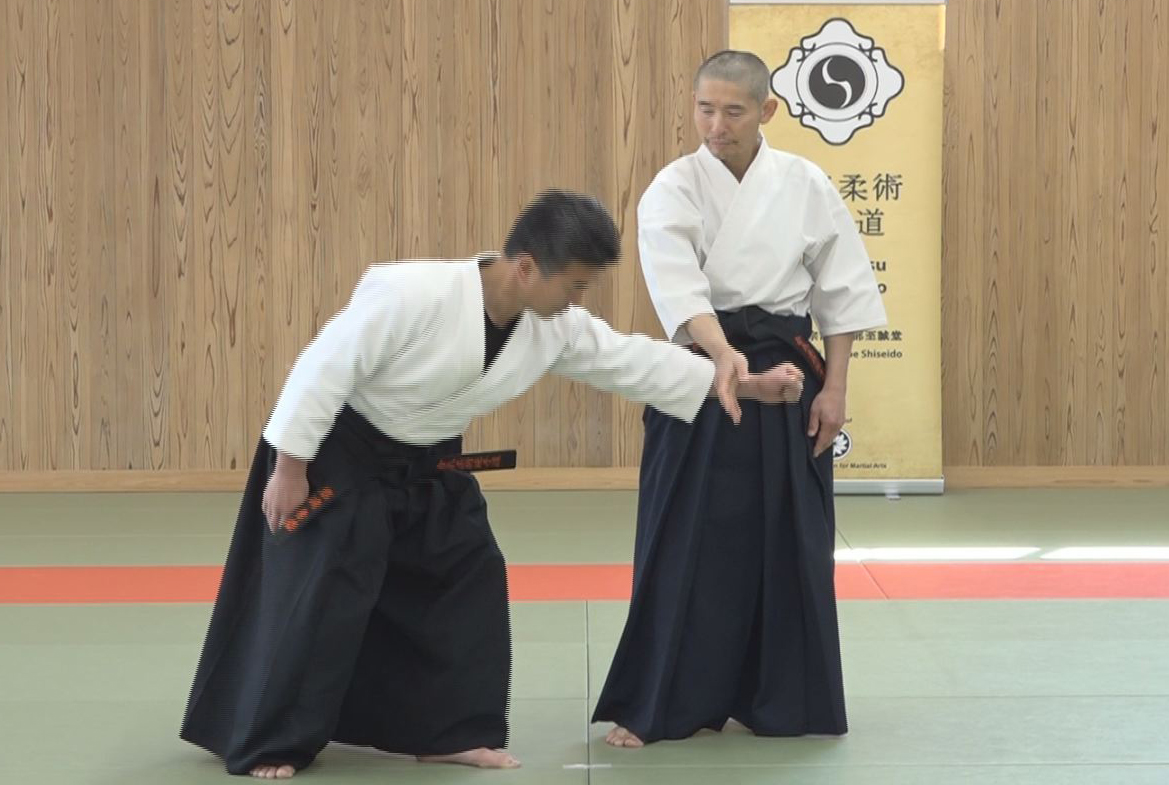
【AIKI Web Course Part 2】Lesson 3 – Explanation of Undetectable Force Transfer
-
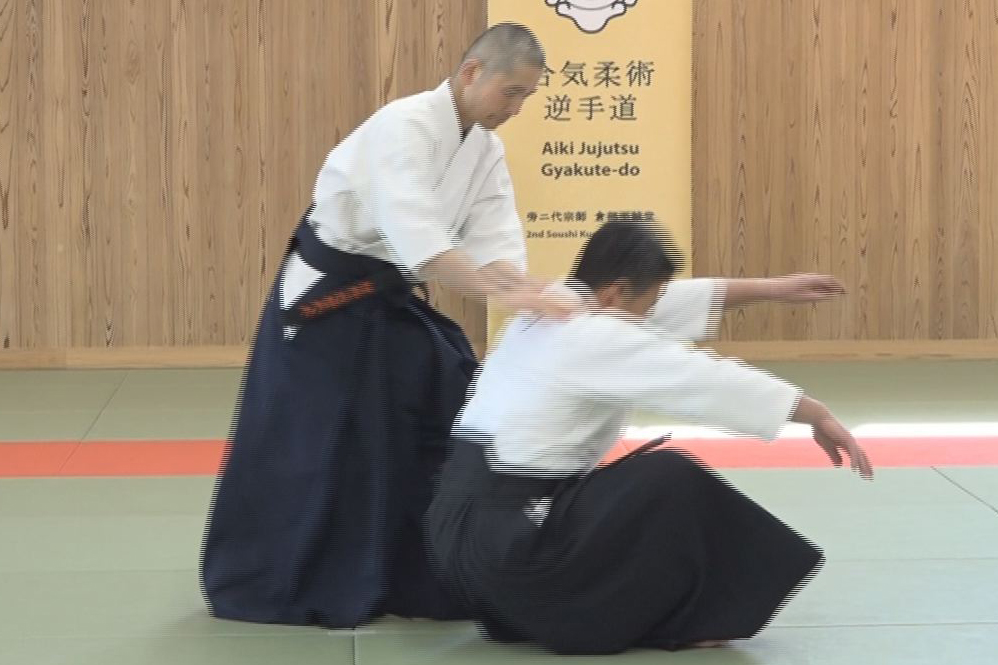
【AIKI Web Course Part 2】Lesson 2 – Application of Waving Method
-

【AIKI Web Course Part 2】Lesson 1 – The Explanation of Waving Method
-
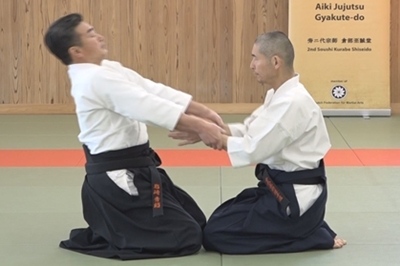
【AIKI Web Course Part 2】Introduction with video


